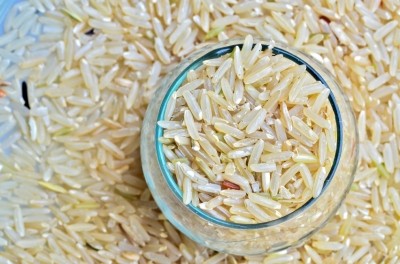EFSA finds inorganic arsenic intake lower than previously thought

The European Commission had asked its independent risk assessor, EFSA, to assess the health risks related to arsenic as a contaminant in foodstuffs.
Inorganic arsenic, mainly of geological origin and found in groundwater, is more toxic than organic (carbon-containing) arsenic. Adverse effects to high levels include skin lesions, cancer, cardiovascular disease and diabetes.
The scientific report, “Dietary exposure to inorganic arsenic in the European population”, found that for all ages except infants and toddlers, the main contributor to dietary exposure was the food group ‘grain-based processed products (non rice-based)’ – in particular, wheat bread and rolls.
Other food groups that were important contributors were rice, milk and dairy products (the main contributor in infants and toddlers), and drinking water.
EFSA had already reported on arsenic in foodstuffs in 2009. Now, using data that was previously unavailable and a more detailed classification of foods, the latest EFSA analysis gives lower estimates of dietary exposure to inorganic arsenic than those stated five years ago.
The figures
In 2009 dietary exposure to inorganic arsenic for the average adult consumer was estimated to range from 0.13 to 0.56 μg/kg body weight per day (using lower bound and upper bound concentrations). For high level consumers it was from 0.37 to 1.22 μg/kg.
According to new estimates, the mean dietary exposure for adults ranges from 0.09 to 0.38 μg/kg. For the 95th percentile (high level) consumers, this is from 0.14 to 0.64 μg/kg.
Overall the highest dietary exposure to inorganic arsenic was estimated in infants, toddlers and other children, which ranged from 0.20 to 1.37 μg/kg. In this category the 95th percentile ranged from 0.36 to 2.09 μg/kg.
However, the report concluded that this may be underestimated as the consumption data used typically did not indicate the potential presence of rice in foods for infants. Consumption of three portions (90 grams/day) of rice-based infant food could represent an important source of inorganic arsenic (1.59-1.96 µg/kg body weight per day).
Currently there are no regulatory maximum levels for arsenic in food at EU level, although there are levels for water and some member states have set their own maximum levels for food.
The panel’s conclusions will be used by the EC and/or member states to help inform any follow-up action.
An EFSA spokesman told Foodnavigator.com: “This report was carried out as part of our ongoing work to update statistics on consumer exposure to chemicals in food.
“It is based on data from EFSA’s Comprehensive Food Consumption Database, which were not available when the previous assessment was carried out (2009) and which allow for a more refined estimation of consumer exposure.
“The findings from the report are made available to the European Commission (DG SANCO) for its consideration.”
























